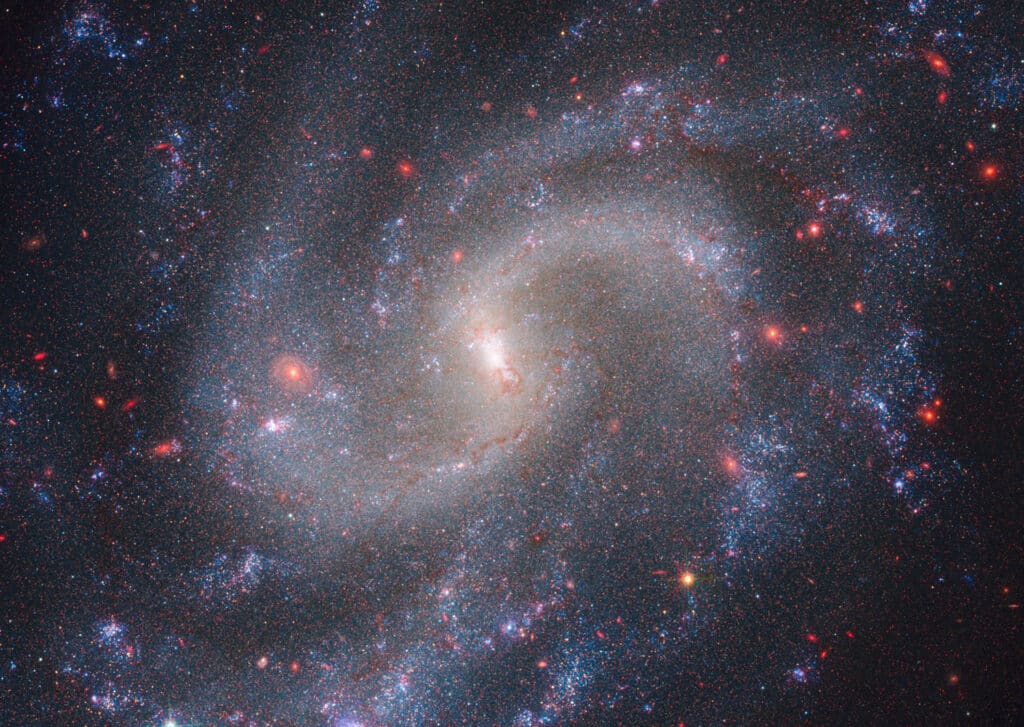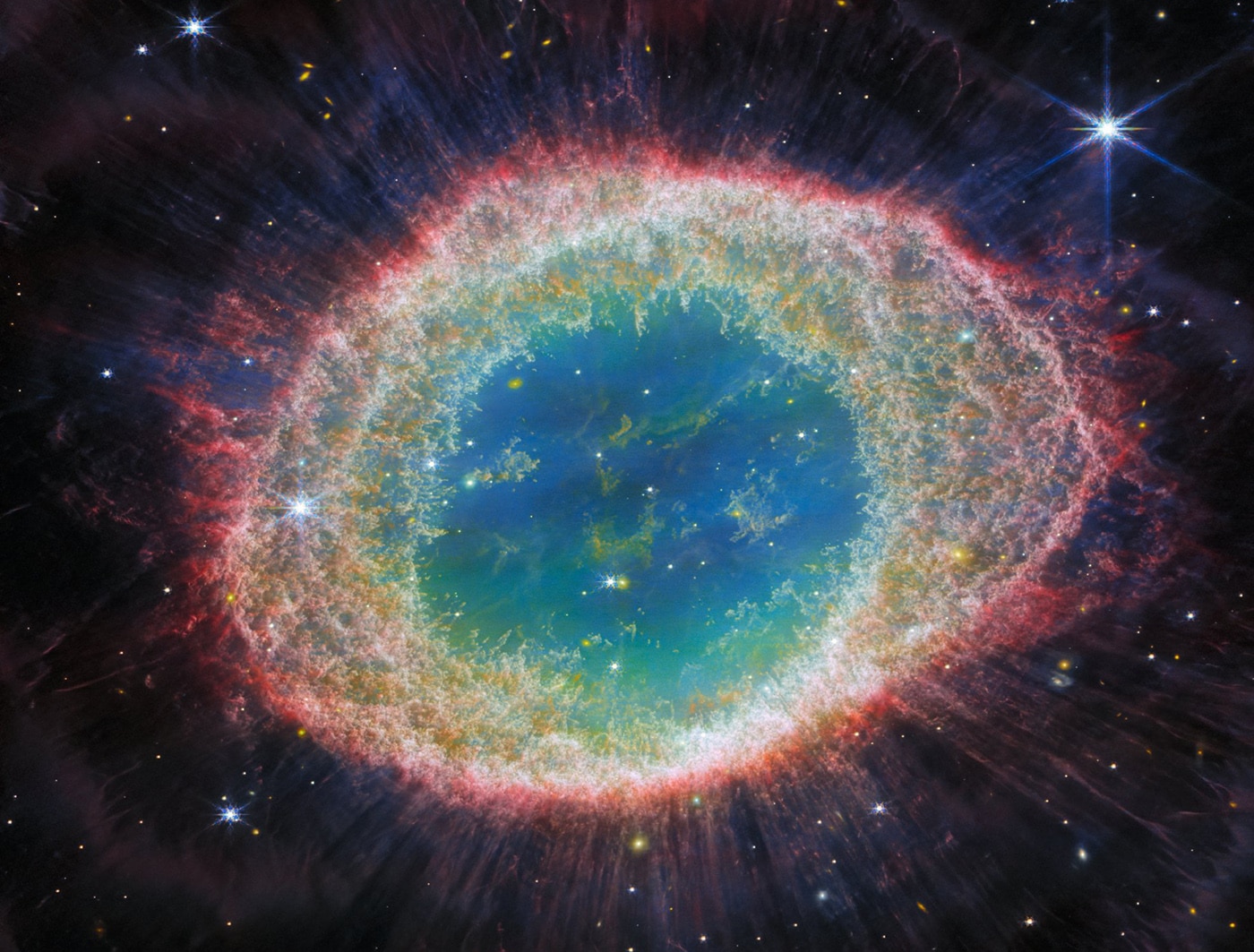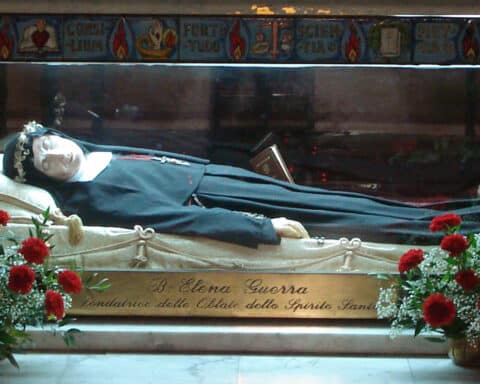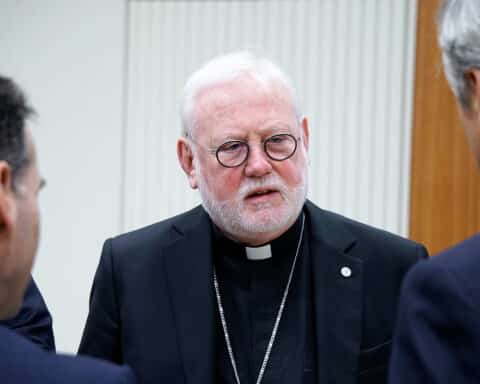VATICAN CITY (CNS) — Orbiting the sun nearly 1 million miles from Earth, the James Webb Space Telescope is reshaping the way scientists understand the universe and its origins, a number of astronomers said at a Vatican-sponsored meeting.
“The telescope is able to see things that prior telescopes just could not see,” Jonathan Lunine, a professor of astronomy and department chair at Cornell University, told Catholic News Service Feb. 28.
It has such unprecedented power in terms of its sensitivity, wavelength range and image sharpness that it is “doing revolutionary things” and leading to exciting new discoveries in multiple fields, he said.
Lunine, who is a planetary scientist and physicist, was one of nearly 50 experts in the field of astronomy attending a Feb. 27-29 workshop organized by the Pontifical Academy of Sciences to discuss the newest results from the Webb telescope.
Launched Dec. 25, 2021, NASA’s latest space science observatory is the largest and most powerful space telescope ever built. It began sending full-color images and data back to Earth after it became fully operational in July 2022.
“The JWST data are revolutionizing many areas in astrology, from the first galaxies to new worlds,” the academy said in its workshop program.
NASA said on its Webb.nasa.gov page, “Telescopes show us how things were — not how they are right now,” which helps humanity “understand the origins of the universe.”
“Webb is so sensitive it could theoretically detect the heat signature of a bumblebee at the distance of the Moon,” it said.

The origin of galaxies
The telescope can see points in the history of the cosmos that were never observed before — over 13.5 billion years ago, a few hundred million years after the Big Bang — to search for the first galaxies in the universe, NASA said.
Anna de Graaff, an independent research fellow in the field of galaxy evolution at the Max Planck Institute for Astronomy in Heidelberg, Germany, told CNS she is working to understand “how galaxies, like our own Milky Way, came to be, how they grew into the structure that we see today in the sky.”
The Milky Way, for example, is a flattened rotating disk, she said, but, like all galaxies, it started out “really messy and kind of clumpy.”
The Webb data “doesn’t really tell you about the Big Bang, because we cannot look that far back in time,” she said, but it should help scientists find out “how you go from basically a very homogeneous gas in the universe, so basically almost nothing, to all these amazing structures that we see in the sky.”
Being able to see these younger galaxies, Lunine said, is changing ideas about how the universe began.
For one thing, there seem to be many young galaxies that are brighter and more developed than it was thought they should be, he said.
“They seem to be growing up too fast. It’s like going into a nursery school and discovering that all of the three-year-olds look like teenagers already. So what is going on?” he said. “Cosmologists have to revise how it is that structures form and grow in the earliest epoch of the universe.”
‘Theological consequences’
Karin Oberg, an astrochemist and professor of astronomy at Harvard University, told CNS the Webb telescope “is amazing at observing water and organics around young stars,” which can help them figure out “how planets are forming and how likely planets are to form with ingredients that make them hospitable to life.”
Right now, she said, the Webb telescope has been able to give information about the composition of larger planets and not Earth-like planets. But they are hoping next-generation telescopes will provide details about the atmospheres and, therefore, the composition of other Earth-like or rocky planets.
De Graaff said, “I think it’s really important to be aware that there is only one Earth and it is a special place. Maybe it’s not unique, but it’s a very special place.”
Lunine said, “The amazing structures and beauty of the universe are an expression of God’s creation and of this tremendous sense of order that comes from the creator. We’re able to see that now in greater detail and greater depth with this wonderful telescope.”
Human beings are a “strange species that span the chasm between the material order and the spiritual, and actually understanding our material origins is really important for understanding who we are,” Oberg said.
Science helps explain “what kind of universe we live in and how, in a sense, the universe is put together — whether it’s one that’s full of life, or whether we are, in some sense, the sole ark carrying all life through space and time,” she said.
If life is discovered elsewhere in the universe, she said, “whether it’s bacteria or rational animals, (this) will have some different theological consequences.”
“I don’t think it’s a threat to any dogmatic teaching, but I think it would push us to think maybe a little bit differently about why God became incarnate as one of us and how that salvation is worked out both for us and potentially for other creatures,” she said.





